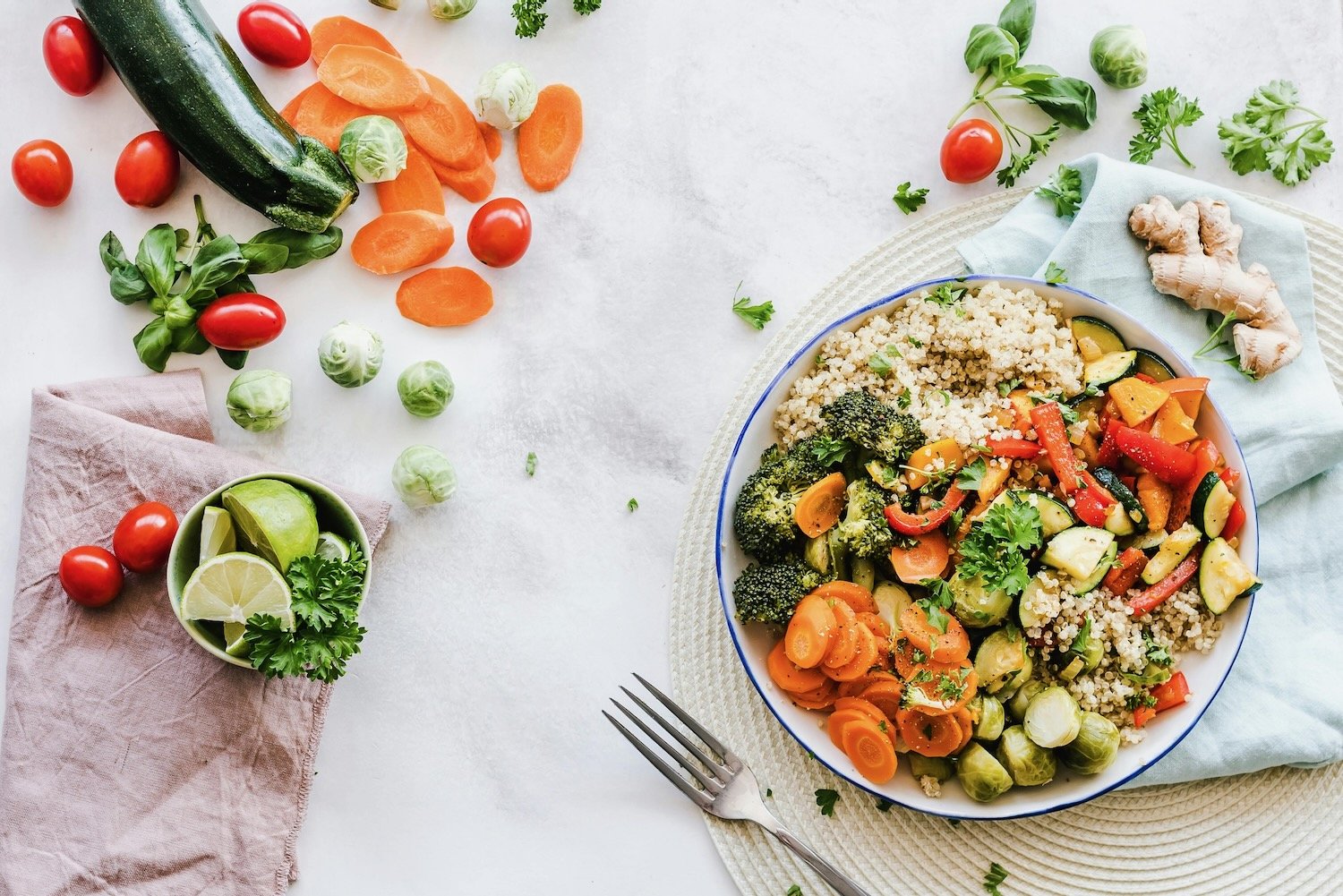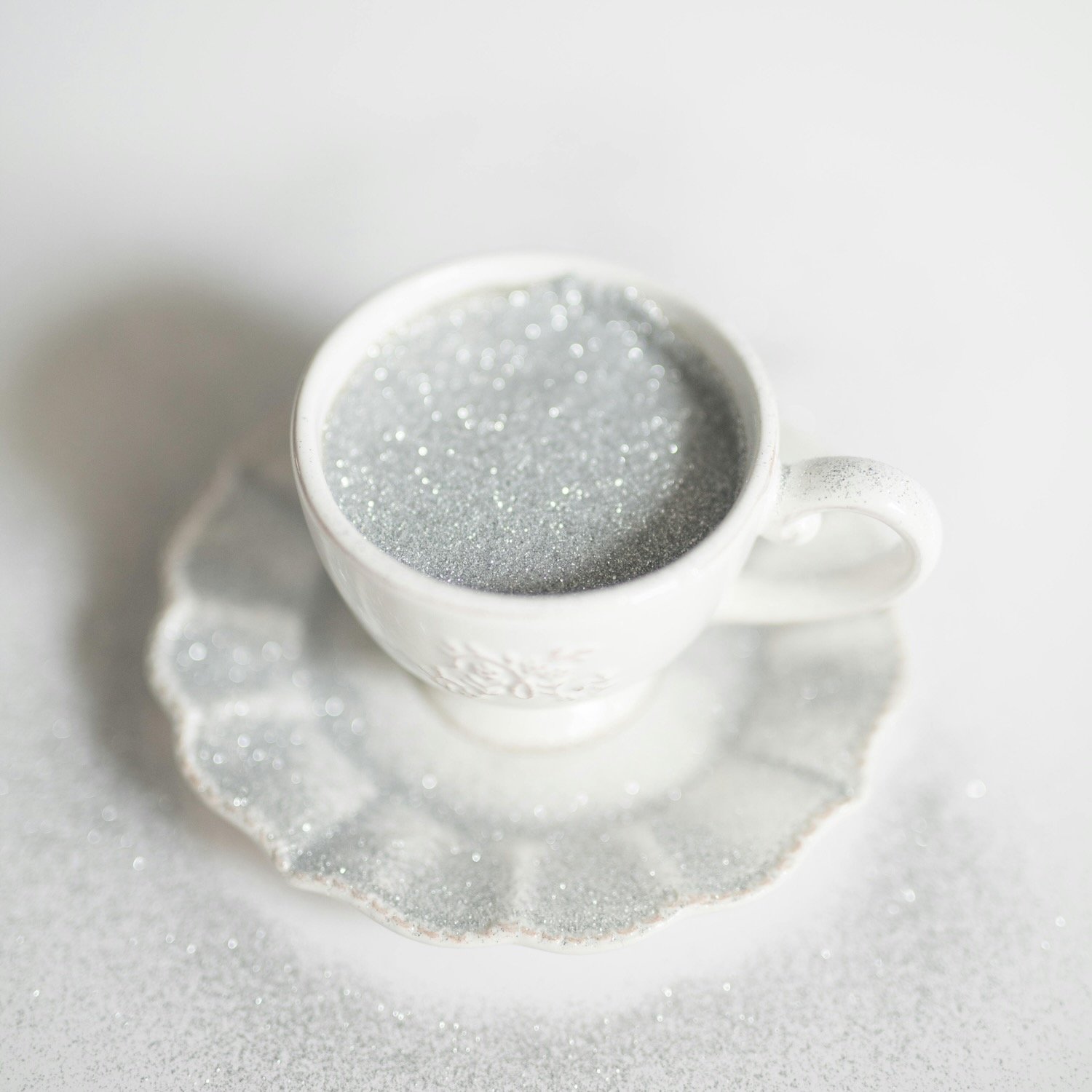Eat Lots Of This And You’ll Be Less Likely To Die Of A Heart Attack
To put it bluntly.
by The Candidly Team
You know we don’t like to beat around the bush. What we’re talking about here isn’t a witchy supplement that’s cycling through TikTok.
It’s fiber.
Yep. Good, old-fashioned fiber.
And even if that doesn’t make you fall over in your chair, isn’t is a bit refreshing?
In a world where we’re chronically hearing about what foods to avoid and what chemicals are making us sick, it’s actually kind of lovely to bring it back to the most essential things that can work miracles in keeping us healthy.
And fiber is that thing, my friends.
In addition to all its myriad benefits, which we’ll get into in a moment, studies have shown that consuming high amounts of dietary fiber can significantly reduce incidence and mortality from cardiovascular disease. And since heart disease is the number one killer of women, we gotta get on it with the fiber.
So let’s answer the most pressing questions about it.
First, why fiber?
When we think of fiber, our minds immediately jump to digestion. Which is reasonable, considering what fiber does to get things moving. But here are some of the broader highlights.
Fiber is found in many fruits, veggies, grains, legumes, nuts, and seeds. There are two kinds of fiber: insoluble and soluble. Both have been connected to better heart and gut health, but soluble fiber has been linked to lowered cholesterol and glucose levels, while insoluble fiber is especially helpful to digestion. Many foods contain both fiber types. We’ll get to specifics later.
A high fiber diet has been “associated with a reduced risk of dying from cardiovascular disease and all cancers.” In addition to soluble fiber helping bring down cholesterol, research suggests eating lots of fiber could lower blood pressure and inflammation levels. In one particularly eye-opening study, individuals who ate the most fiber after a heart attack had a “25% lower chance of dying in the following decade, compared with those who ate the least fiber.”
In addition to all these cardiovascular rewards, a high fiber diet has been known to:
Get your bowel movements going. No one wants to be backed up. This particular fiber-rich food made a world of difference for us by the way.
Support bowel health. Could reduce your likelihood of getting hemorrhoids as well as colorectal cancer.
Bring down cholesterol. Soluble fiber (found in foods like oats, peas, beans, apples, citrus fruits, carrots, barley and psyllium, flaxseed, oat bran) could help lower "bad" cholesterol levels.
Improve blood sugar levels. Slows down sugar absorption and could lower your type 2 diabetes risk.
Help detox your body: Quite literally moving the toxins out right on outta there.
Keep you feeling full: High fiber foods tend to have fewer calories but lead to more satiation, hence it’s easier to maintain a healthy weight. This is mainly true of foods high in viscous fiber, a type of soluble fiber found in foods like beans, legumes, flaxseeds, asparagus, Brussels sprouts, and oats.
Possibly lower inflammation: Cereal fiber has been associated with lower inflammation markers.
What do we eat to get more fiber?
We do love a grocery list. Here are some superstar fiber-rich foods to add to yours:
LEGUMES, NUTS, SEEDS:
Split peas (1 cup boiled): 16g
Lentils (1 cup boiled): 15.5g
Pinto Beans (1 cup): 15g
Black beans (1 cup cooked): 15g
Cannellini, Navy, Great Northern beans (1 cup canned): 13g
Chickpeas (1 cup): 12 grams
Lima Beans (1 cup): 11.5g
Chia seeds (2 tablespoons): 10g
Flax seeds (2 tablespoons): 8g
Peanuts (1/2 cup): 7g
Almonds (1 ounce, about 23 nuts): 3.5g
Pistachios (1 ounce, about 49 nuts): 3g
Sunflower kernels (1/4 cup): 3g
FRUIT:
Passion fruit (1 cup): 24g (who knew?!)
Guava (1 cup): 9g
Raspberries (1 cup): 8g
Blackberries (1 cup): 8g
Pomegranate (1 cup arils): 7g
Persimmon: 6g
Kiwi (1 cup): 5g
Pear: 5.5g
Apple: 4.5g
Blueberries (1 cup): 4g
Banana: 3g
Orange: 3g
Strawberries (1 cup ): 3g
Mango (1 cup): 3g
Prunes (4): 3g
VEGGIES:
Green peas (1 cup boiled): 9g
Acorn squash (1 cup): 9g
Broccoli (1 cup boiled) 5g
Artichoke: 5g
Carrots (1 cup): 5g
Turnip greens (1 cup boiled): 5g
Brussels sprouts (1 cup boiled): 4.5g
Potato (baked): 4g
Sweet potato: 4g
Sweet corn cup: (1 cup boiled) 4g
Beets (1 cup): 3.4g
Cauliflower: (1 cup raw and chopped) 2g
GRAINS:
Whole-wheat spaghetti (1 cup cooked): 6g
Barley (1 cup cooked: 6g
Bran flakes (3/4 cup): 5.5g
Quinoa (1 cup cooked): 5g
Oatmeal (1 cup cooked): 4g
Popcorn (3 cups): 3.5g
Brown rice (1 cup cooked: 3.5g
Whole-wheat bread (1 slice): 2g
Now word to the wise, if you don’t already eat a lot of fiber, you can introduce things slowly so as not to have any stomach discomfort while your body adjusts and builds up to digesting more of it. But once you do, your body will thank you. In many more ways than one.
This article is for informational purposes only. It is not intended to be used in place of professional advice, medical treatment, or professional care in any way. This article is not intended to be and should not be a substitute for professional care, advice or treatment. Please consult with your physician or healthcare provider before changing any health regimen. This article is not intended to diagnose, treat, or prevent disease of any kind. Read our Terms & Conditions and Privacy Policy.








